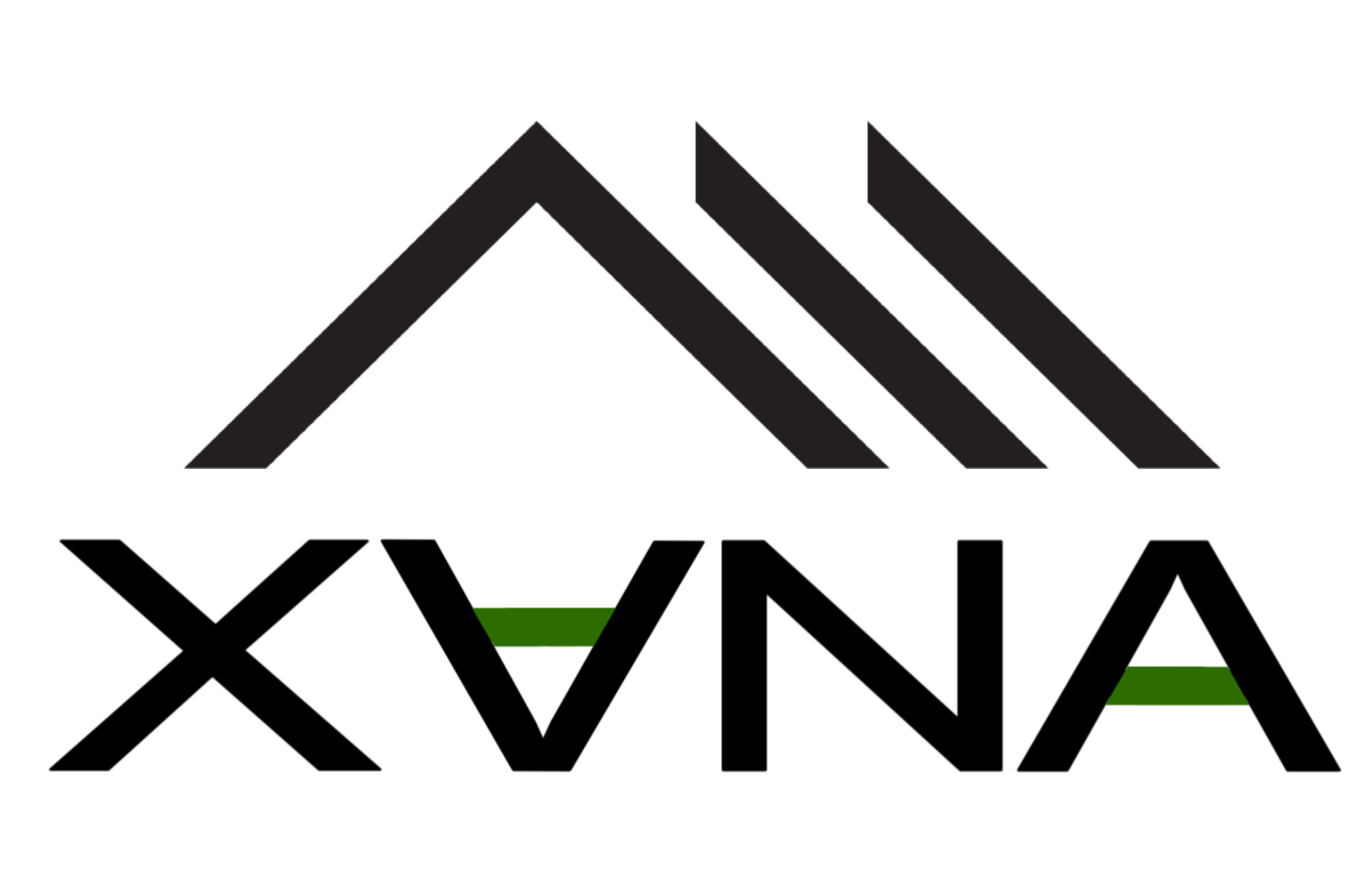Beautiful Plants For Your Interior

It’s time to get down to business! Put on your gardening gloves and start the installation with these simple steps:

1. Clean up the area and dig up the topsoil
The first step is to get rid of any weeds or grass that may already be in the spot where you want to install the artificial turf. A good weed killer will help you out here. Give it two weeks to take effect before you start preparing the soil.
However, removing your real grass lawn to make way for artificial turf can be tough going, especially if you only have a spade and wheelbarrow. To make the job a little easier, water the lawn a few days before to ensure it’s not too dry. But beware, too much water will create soggy patches that are difficult to dig up!
Start by using the edge of your spade to cut small squares of grass, around three to four inches deep and ten inches wide. Depending on how deep the roots are planted, it may require some extra effort to break them apart. An easier option would be to use a sod cutter, which you can rent at most local hardware stores and big chains like Lowe’s and Home Depot.
2. Compact the soil
Once the turf is gone, you’ll need to compact the soil and level it out. This step is essential for ensuring that your artificial turf has no bumps or dips when installed. A hand tamper can be used for smaller spaces, while a light roller or plate compactor works best for larger areas.
Start by spreading the soil out until it’s level. Then, use the compactor to compress the soil. Small, repeated motions will help to flatten lumps, bumps, and divots. If you notice any spots that seem unevenly compacted, use a rake or shovel to redistribute the soil until it’s even.
3. Install a border
If there’s no border already around the area where your artificial lawn will be, you’ll need to create one. Using a plastic bender board or a concrete wall can keep the grass from separating down the line. Any border should be short enough not to protrude above the grass level and disrupt the drainage system.
4. Set up a drainage system
If you are installing artificial turf over badly draining soil or a hard surface like concrete, then it’s wise to get a proper drainage system in place before you continue. Otherwise, the artificial turf might become waterlogged, resulting in mold buildup or flooding.
A simple drainage system consists of small holes drilled into the base and filled with pea gravel. You’ll want the holes evenly spaced over the area, approximately 8 inches apart and 6 – 10 inches deep. Once the holes are filled, ensure the surface is level and check for any low spots.
5. Add a weed barrier
Sometimes, weeds can grow through your artificial grass because they love warm and moist places. To reduce the risk, install a landscape fabric layer as a weed barrier. This will help keep unwanted growth from sprouting.
However, if you have furry friends using the turf for bathroom needs, you should skip the weed blocker, as urine can accumulate and cause an ammonia smell.
6. Spread base material
Cover the area with finely crushed rock, gravel, or decomposed granite – anything to prevent slumping and help with water flow. Generally, you’ll need around three to four inches of base material on top of the soil.
7. Lay artificial turf pieces
Once you’ve prepared and finalized your base layer, it’s time to attach the artificial grass. Spread your synthetic turf out at least 2–3 hours before installation (or overnight) to let it settle and avoid any creases. Then, lay it out in the direction of the grass blades for a more natural look.
8. Connect the turf pieces together
It’s vital to seam the artificial turf to make a cohesive look. This is the process of connecting multiple grass pieces side by side. For that, use seaming tape and glue to create a V-shaped connection. Hold the pieces together for a few seconds to be sure the adhesive adheres correctly.
9. Secure the perimeter
Your installation is almost complete! Next, you’ll need to set some nails or spikes around the perimeter. This will help secure the edges of the artificial grass. It’ll prevent the turf from shifting or peeling away when children play or pets roam around. For low-traffic turf areas, 3–4″ spikes should be enough. But if it’s a heavily used area, use longer spikes.
10. Infill the grass
